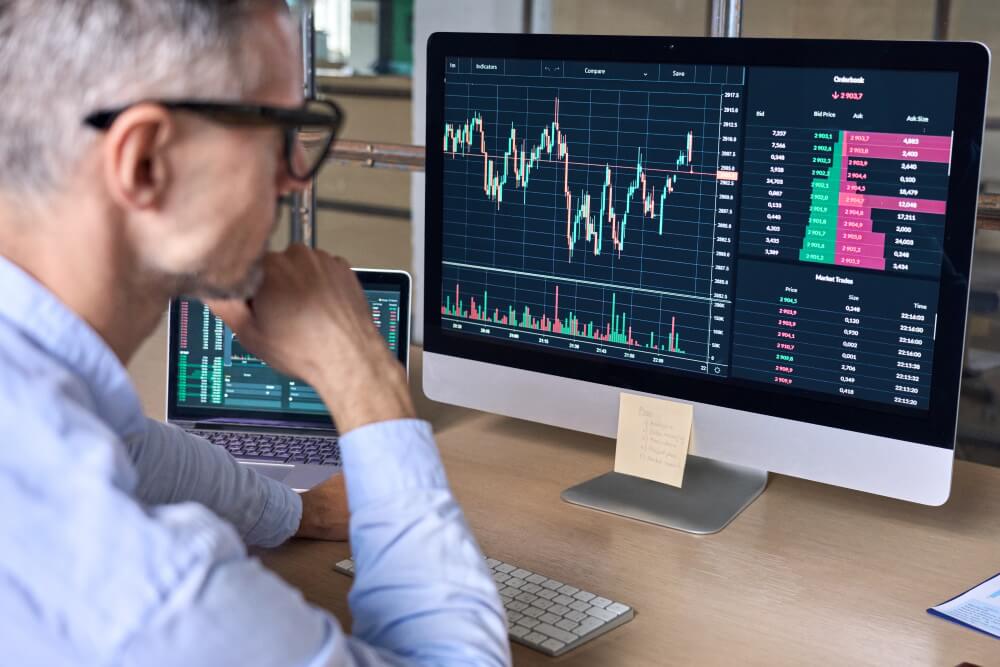Nick Goold
Professional and inexperienced traders have different ways of thinking about the market. Amateur traders tend to believe that the market follows technical analysis and that they can profit from reading trading books and the news.
On the other hand, professional traders have years of experience and understand market price movements that simple rules written in books do not explain the market.
The buying and selling orders of traders determine market prices. In other words, the market's direction is determined by whether more traders buy or sell. If more traders buy than sell a given stock, the price will rise. Conversely, if more traders sell than buy, and more traders are willing to sell at a lower price, the price will go down.

Professional traders try to understand whether buyers or sellers control the market and which orders might trigger price movements. Understanding the market's order flow makes it easier to earn profits from trading. Rather than simply selling at resistance, professionals potentially buy ahead of resistance, expecting higher levels.
For example, if the price is 124.90, the 125.00 mark is viewed as resistance by the market. Above resistance at 125.05, there are likely to be stop-loss buying orders. If there is a lack of selling, it can be profitable to buy at 124.95 and 125.00 before the stop-loss buy orders are triggered. Professional traders can judge from years of experience whether the upward price movement will stop and reverse near resistance or whether it is likely to continue above resistance.
Market sentiment is a statement of how the public views market prices and what direction they believe prices will move. In general, an uptrend indicates that most traders see the market going up, and a downtrend indicates that they see it going down.
Professionals trade with sentiment in mind, but from a different perspective, they look for selling opportunities when the uptrend has moved too high. When the market moves higher for a long time, it can become overpriced and less attractive to potential new buyers. As a result, professional traders take short positions to profit from this situation. Sharp price declines can result in long positions being liquidated and profits for the professional trader.
Newspapers, market reports, radio, and television help understand market sentiment. Traders' blogs and Twitter can also help traders understand how other market participants view prices.

